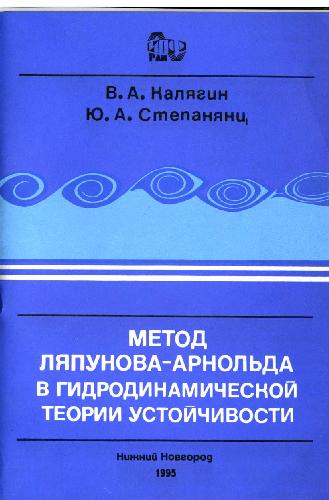- 2 402 202 книги
libcats.org





Renowned Goddess of Desire: Women, Sex, and Speech in Tantra
Loriliai BiernackiTantra is a family of rituals modeled on those of the Vedas and their attendant texts and lineages. These rituals typically involve the visualization of a deity, offerings, and the chanting of his or her mantra. Common variations include visualizing the deity in the act of sexual union with a consort, visualizing oneself as the deity, and ''transgressive'' acts such as token consumption of meat or alcohol. Most notoriously, non-standard or ritualized sex is sometimes practiced. This accounts for Tantra's negative reputation in some quarters and its reception in the West primarily as a collection of sexual practices.
Although some today extol Tantra's liberating qualities, the role of women remains controversial. Traditionally there are two views of women and Tantra. Either the feminine is a metaphor and actual women are altogether absent, or Tantra involves the transgressive use of women's bodies to serve male interests. Loriliai Biernacki presents an alternative view, in which women are revered, worshipped, and considered worthy of spiritual attainment. Her primary sources are a collection of eight relatively modern Tantric texts written in Sanskrit from the 15th through the 18th century. Her analysis of these texts reveals a view of women that is generally positive and empowering. She focuses on four topics: 1) the ''Kali Practice,'' in which women appear not only as objects of reverence but as practitioners and gurus; 2) the Tantric sex rite, especially in the case that, contrary to other Tantric texts, the preference is for wives as ritual consorts; 3) feminine language and the gendered implications of mantra; and 4) images of male violence towards women in tantric myths. Biernacki, by choosing to analyse eight particular Sanskrit texts, argues that within the tradition of Tantra there exists a representation of women in which the female is an authoritative, powerful, equal participant in the Tantric ritual practice.
Although some today extol Tantra's liberating qualities, the role of women remains controversial. Traditionally there are two views of women and Tantra. Either the feminine is a metaphor and actual women are altogether absent, or Tantra involves the transgressive use of women's bodies to serve male interests. Loriliai Biernacki presents an alternative view, in which women are revered, worshipped, and considered worthy of spiritual attainment. Her primary sources are a collection of eight relatively modern Tantric texts written in Sanskrit from the 15th through the 18th century. Her analysis of these texts reveals a view of women that is generally positive and empowering. She focuses on four topics: 1) the ''Kali Practice,'' in which women appear not only as objects of reverence but as practitioners and gurus; 2) the Tantric sex rite, especially in the case that, contrary to other Tantric texts, the preference is for wives as ritual consorts; 3) feminine language and the gendered implications of mantra; and 4) images of male violence towards women in tantric myths. Biernacki, by choosing to analyse eight particular Sanskrit texts, argues that within the tradition of Tantra there exists a representation of women in which the female is an authoritative, powerful, equal participant in the Tantric ritual practice.
Ссылка удалена правообладателем
----
The book removed at the request of the copyright holder.
----
The book removed at the request of the copyright holder.
Популярные книги за неделю:
#2

В.Бекетов, К.Харченко. Измерения и испытания при конструировании и регулировке радиолюбительских антенн (djvu)
4.82 Mb
#4

Самодельные детали для сельского радиоприемника
Авторы: З.Б.Гинзбург, Ф.И.Тарасов.Категория: радиоэлектроника
1.40 Mb
Только что пользователи скачали эти книги:
#3

Устойчивость движения: методы Ляпунова и их применение
Зубов В.И.Категория: Physics, Dynamical systems
4.34 Mb
#4

Метод Ляпунова-Арнольда в гидродинамической теории устойчивости
Калягин В.А., Степанянц Ю.А.
2.08 Mb
#5

Цифровые и аналоговые интегральные микросхемы
Якубовский С.В.Категория: Радио, Электротехника
7.29 Mb









